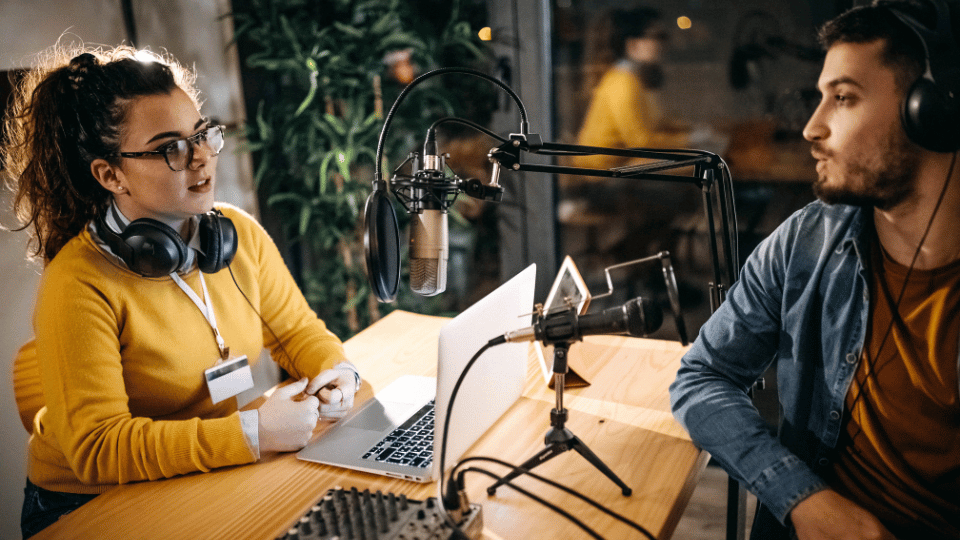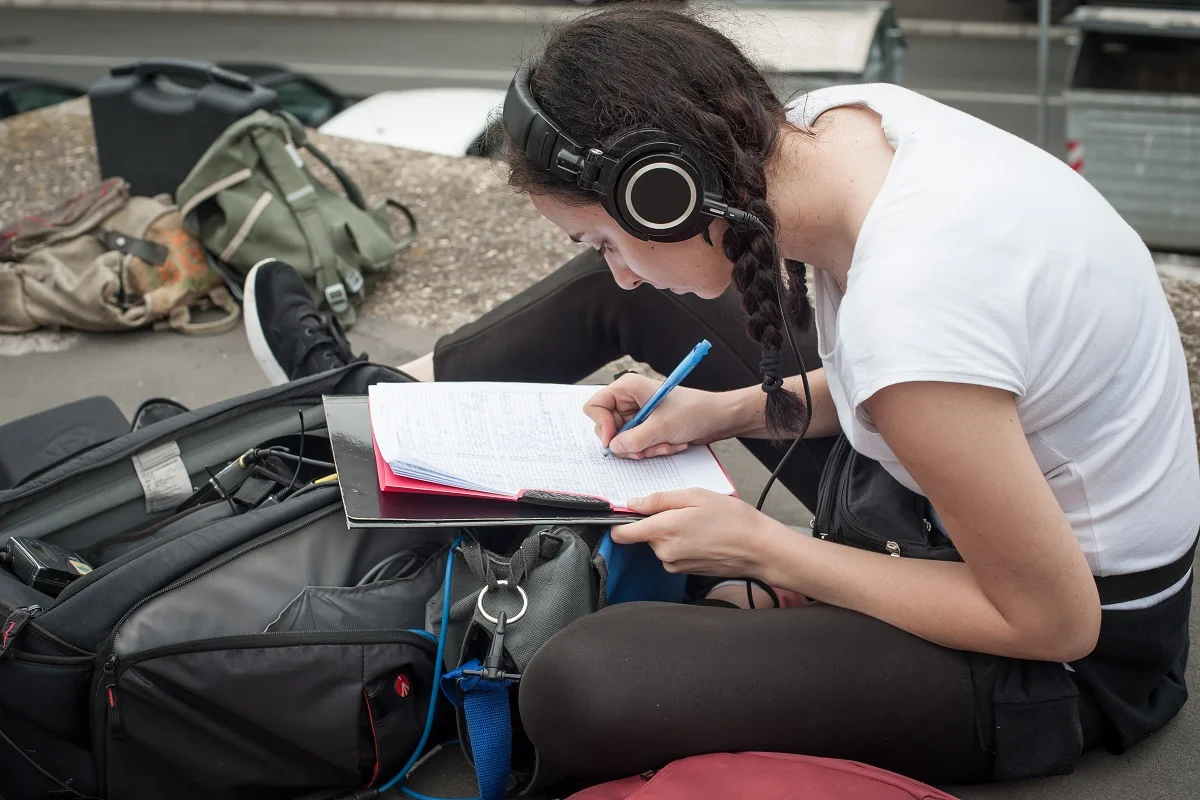Setting up a professional broadcast studio is essential for creating high-quality video content. From lighting and cameras to audio equipment and set design, every aspect of the studio plays a crucial role in producing engaging broadcasts. In this guide, we will delve into the key elements and best practices for a successful broadcast studio setup.
Selecting the Right Location
The first step in setting up a broadcast studio is choosing the right location. Consider factors such as space availability, acoustics, natural light, and proximity to power sources. A dedicated room with minimal background noise and good lighting is ideal for creating a professional studio environment.
Lighting
Proper lighting is essential for creating a visually appealing broadcast. Invest in high-quality LED lights that provide even illumination across the set. Key lights, fill lights, and backlighting can help enhance the overall look of the broadcast and highlight the subject effectively.
Camera Setup
Selecting the right cameras for your broadcast studio is crucial for capturing high-quality video footage. Consider factors such as resolution, frame rate, and connectivity options when choosing cameras. Position the cameras strategically to capture different angles and perspectives during broadcasts.
Audio Equipment
Good audio quality is as important as video quality in a broadcast studio setup. Invest in high-quality microphones, audio mixers, and headphones to ensure clear and crisp sound during broadcasts. Acoustic treatment such as soundproofing and noise reduction can further enhance the audio quality in the studio.
Set Design and Props
The set design plays a significant role in creating a visually appealing broadcast. Choose a theme or color scheme that aligns with your brand or content style. Incorporate props, backdrops, and branding elements to enhance the visual appeal of the broadcast studio.
Green Screen Setup
Green screens are a versatile tool that allows broadcasters to superimpose different backgrounds or visual effects during broadcasts. Setting up a green screen requires proper lighting and positioning to ensure seamless integration with the broadcast content.
Live Streaming Equipment
If you plan to live stream your broadcasts, invest in reliable live streaming equipment such as encoders, streaming software, and dedicated streaming platforms. Test the streaming setup beforehand to ensure a smooth and uninterrupted broadcast experience.
Teleprompter
A teleprompter can be a valuable tool for broadcasters who need to deliver scripted content or speeches during broadcasts. Invest in a teleprompter system that is compatible with your camera setup and allows for easy control and customization of the script display.
Monitoring and Control Systems
Implement monitoring and control systems in your broadcast studio to oversee the technical aspects of the broadcast. Use monitors, intercom systems, and control panels to monitor camera feeds, audio levels, and broadcast output in real-time.
Post-Production Setup
After the broadcast, a well-equipped post-production setup is essential for editing and enhancing the recorded content. Invest in editing software, storage solutions, and backup systems to streamline the post-production workflow and ensure efficient content delivery.
Conclusion
By following these key tips and best practices for a professional broadcast studio setup, you can create engaging and high-quality broadcasts that captivate your audience. From lighting and cameras to audio equipment and set design, each element plays a crucial role in shaping the overall broadcast experience. Experiment with different setups and equipment to find the perfect configuration that suits your content style and production needs.
Key Takeaways:
- Choose a quiet, well-lit location with good acoustics to ensure clean video and audio quality.
- Use proper lighting and camera placement to create a clear, professional on-screen presence.
- Invest in high-quality microphones for crisp, reliable audio that matches video quality.
- Design a clean, branded set to enhance visual appeal and viewer engagement.
- Prepare for live streaming with reliable equipment and stable internet connection.
- Set up a post-production workflow with editing tools and storage for polished content.
By following these key tips and best practices for a professional broadcast studio setup, you can create engaging and high-quality broadcasts that captivate your audience. Remember, each element, from lighting to audio equipment and set design, plays a crucial role in shaping the overall broadcast experience.
Experiment with different setups and equipment to find what works best for you. For further professional development, consider exploring the NYU | Modern Journalism online course and certificate program offered by Yellowbrick.`








